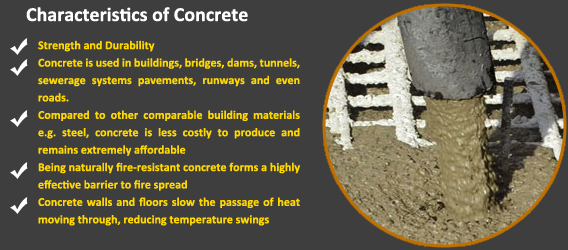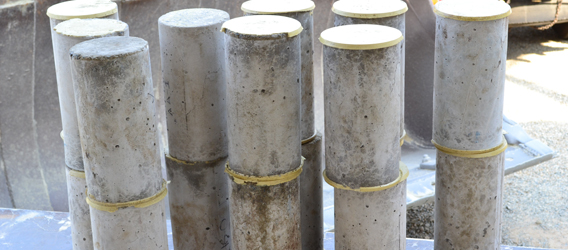Cold weather can have damaging effects on freshly placed concrete. Both setting time and rate of strength gain are slower in cold weather, and if the concrete freezes during the first few days of curing, it will suffer reduced strength and weather resistance, and increased moisture permeability. When it is necessary to work in cold weather, certain precautions must be taken to assure the quality of the finished concrete.
Cold weather is defined as a period when the mean daily temperature drops below 40°F for more than three consecutive days. On commercial projects, heated enclosures are often provided to protect concrete and masonry work during cold weather. Although this is not usually done on residential work because of the expense, the following protective measures can and should be taken.
- For slabs and other flatwork such as driveways, sidewalks, and patios, reduce the amount of mixing water so that the concrete has a slump of 4 in. or less. This will minimize bleeding of mix water to the surface and decrease the time until initial set.
- Use air-entrained cement or an air-entraining admixture even if the concrete will not be exposed to freeze-thaw cycling in service.
- Use either an extra bag of cement per cubic yard of concrete, a high-early-strength cement (Type III), or a non chloride set accelerator to develop strength faster.
- If you are ordering from a ready-mix supplier, specify heated concrete with a minimum temperature.
- Remove ice and snow from inside forms and thaw frozen sub grade before concrete placement.
- If you are mixing concrete on site, store ingredients in a heated area if possible, and use heated water for mixing.
- Reduce the time between mixing and placing as much as possible to reduce heat loss. Work with smaller batches if necessary.
- Delay form removal as long as possible to minimize evaporation and to reduce damage to formed surfaces caused by premature form stripping.
- Wrap protruding reinforcing bars with insulation to prevent heat drain.
Whenever you can schedule concrete pours during milder weather, it is best to do so, but in some climates this is impractical. When cold weather concreting cannot be avoided, quality does not have to be sacrificed if proper precaution is exercised.






